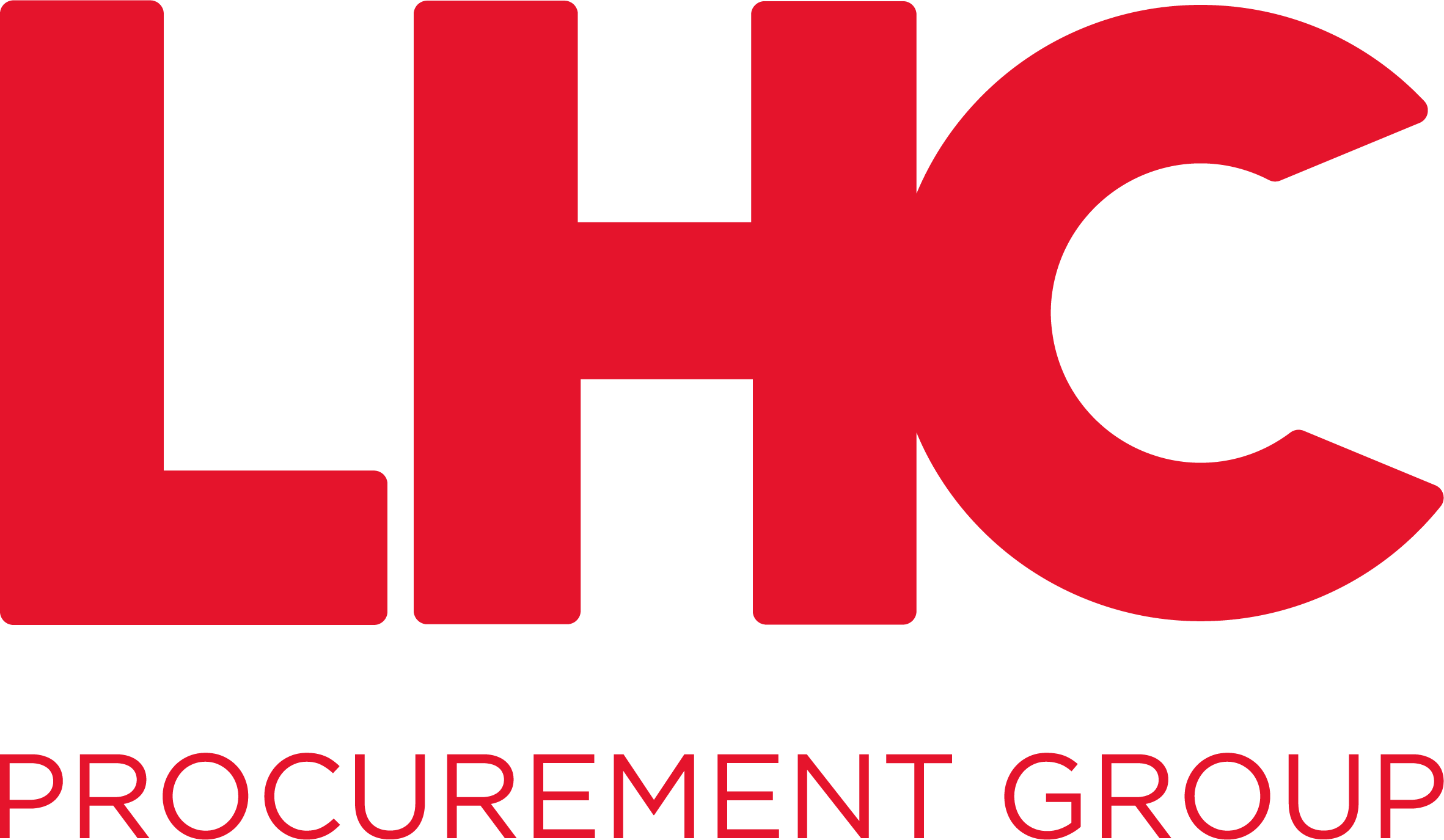Why frameworks provide the foundation for a solution to the RAAC problem
By Jennifer Castle, Chief Operating Officer at LHC Procurement Group
A lot was written about the problem of crumbling concrete in 2023 after it was discovered in the walls, roofs and floors of 174 schools across the country.
With increased media interest came new disclosures: hospitals, housing, offices and shops were found to have reinforced autoclaved aerated concrete (RAAC), as were Heathrow and Gatwick airports – and even the Houses of Parliament.
So worrying was the situation for the NHS that hospital trusts in England were asked to prepare for evacuation as part of ongoing business continuity planning. Because of RAAC concerns, NHS England issued the instruction to all 224 health trusts.
Scratching their heads
We know the problem. But what was slow to emerge from the maelstrom of political blame and counter-blame is an answer to that most important question of all: How do we solve it?
Its sheer scale and complexity left local authority executives scratching their heads and looking at timescales stretching well into this year. Not only do they need to find the right people to do the work, but they must compete for their expertise.
In the case of schools, headteachers have to factor in the educational needs and safety of the children. With hospitals, it might be vulnerable patients who cannot have treatment interrupted. Housing authorities? The myriad requirements of tenants.
And this is where frameworks come in.
- Starting with a consultancy service framework, a proper assessment of the problem can be made. Consider education providers: if RAAC was identified they will have been told they need to sort it out, but there is the disruption to the pupils’ education to consider.
The first step is to get an expert in to assess the potential danger, the best ways to minimise disruption and then outline the work required. Using a consultancy framework ensures that a competent, qualified person is identified to provide the correct guidance.
This stage is crucial and I like to put it this way: would you expect a RAAC inspector to run a school on a daily basis? Obviously not. So why should a headteacher be expected to work out the best way to deal with crumbling concrete and the ability of a company to provide that support? They can easily identify the correct experts through using an appointed company on an existing framework, ensuring that they are speaking to someone with the right qualifications and skills, who can deliver the work at a reasonable rate.
- Step two: Once a professional assessment of the work needed to be carried out has been made, a framework which brings together professional builders and tradespeople – companies who have been carefully vetted – comes into play. Once local authorities have reached agreement with a chosen builder, work commences to an agreed timescale. Here at LHC we have found that this makes the procurement process much quicker and smoother.
- Step three: Local authorities want to keep disruption to a minimum and once a provider has been engaged, the operation would almost certainly involve interim measures. In the case of hospitals and public sector buildings, for instance, it might include the use of temporary offices for staff. For schools, temporary classrooms can be delivered on site within a matter of weeks, including offsite, modular solutions. Again, frameworks can help.
Frameworks are sometimes overlooked when it comes to crisis management but when someone is under pressure to find quick solutions, mistakes can be made. From experience, I believe that cool heads are needed in such situations and that is where framework providers prevail, providing certainty and assurance for decision makers.
To put this into context, our refurbishment of schools framework - Public Buildings Construction and Infrastructure (PB3) - has been accessed by 98 organisations delivering 192 education projects over 12 years – a total spend of £633.5m.
RAAC roof planks
The root of the RAAC problem goes back decades, with the substandard building material commonly used in hospitals and many civic buildings between the 1950s and 1970s. Some issues with RAAC have been known for 40 years.
The Building Research Establishment (BRE) published a research paper in 1996 identifying excessive deflections and cracking in a number of RAAC roof planks, effectively stopping its use in any future constructions. Another review in 2002 highlighted "excessive" deflections and cracking in many older buildings using RAAC.
Fully 16 years later, a roof made of the material at Singlewell Primary School in Kent suddenly collapsed. Thankfully it was over a weekend, meaning nobody was hurt.
That concentrated minds and owners of school buildings in England were advised to check roofs, walls and floors made of the material "as a matter of urgency".
And here we are today. There can be no excuses for kicking the can further down the road and so, what next?
One word, two syllables: frameworks. They provide the foundation for every local authority to guarantee an orderly and measured response to a crisis decades in the making.

